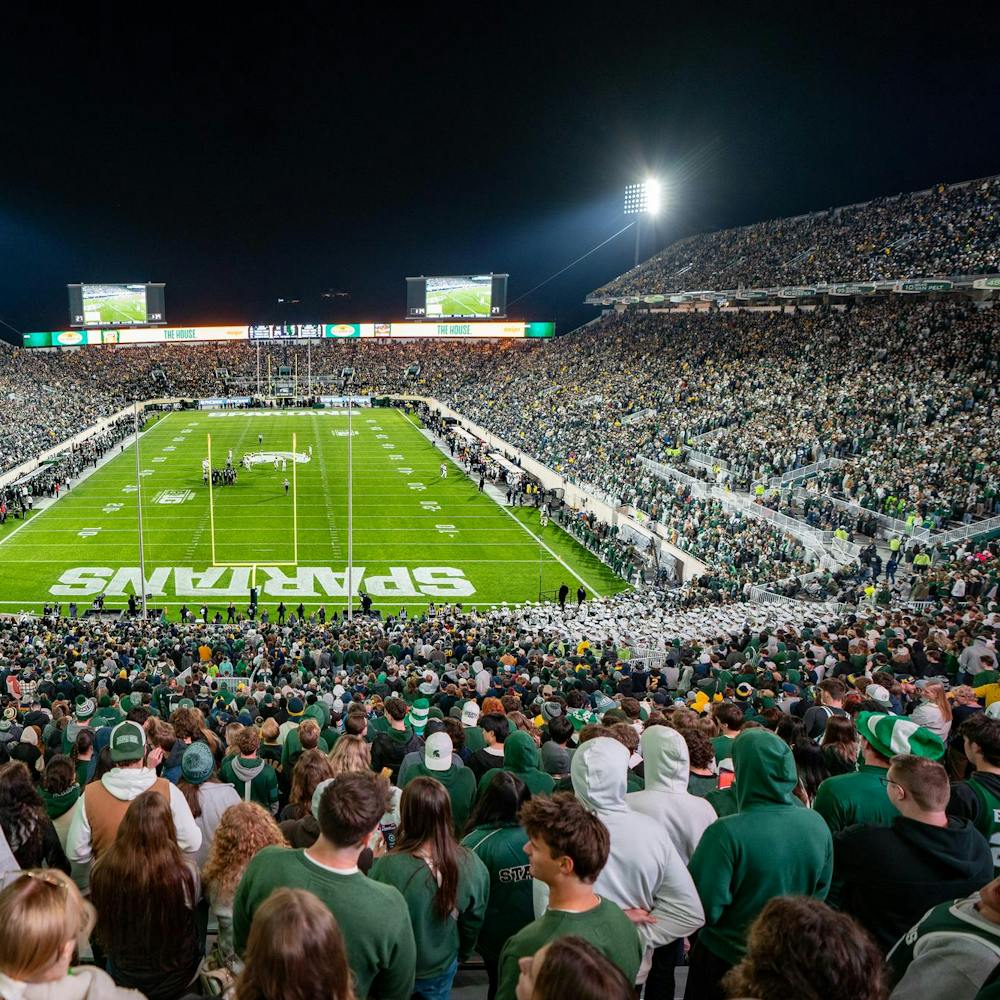Almost 60 percent of Americans live in areas where no presidential campaign television commercials have been broadcast since the end of the primary season on March 4, according to a recent survey.
But some campaign representatives say they aren't concerned about the survey's implications.
Nielsen Monitor-Plus, the advertising intelligence service of Nielsen Media Research, which tracks advertising across the country, provided the data. Researchers at the University of Wisconsin Advertising Project, a research project tracking and analyzing political advertising at the school's political science department then teamed up with Nielsen to conduct the study.
Presidential campaign television advertisements have been run in 93 of the country's 210 media markets, the survey found, meaning that the remaining 107 markets have gone largely untouched.
Detroit ranked 10th in the top 10 targeted media markets for overall presidential advertising. Of the top 10 markets for the Bush campaign, Detroit ranked second and Lansing 10th.
"Michigan is a critical state in this election, and we've invested in a strong, grassroots team on the ground," said Jennifer Millerwise, a Bush-Cheney '04 spokeswoman. "It's a state that we lost by 5 percentage points in 2000, and we believe the president's optimistic message, versus John Kerry's pessimism, will resonate with Michigan voters."
Millerwise said she hadn't seen the survey and therefore couldn't comment on the findings.
The Bush campaign focuses its efforts on Michigan as an advertising target, also called spot market buys.
"We're focusing on the states we were closest on in the 2000 election from our spot-market buys, Michigan being one of those," she said.
Jason Moon, spokesman for the Michigan Democratic Party, did not return calls Wednesday.
But state Rep. Michael Murphy, D-Lansing, who served as Sen. John Edwards' campaign chairman in Michigan, said the state is a good example of how both campaigns have targeted their ads, and that the Kerry-Edwards ticket has done a particularly good job in that respect.
"The Kerry-Edwards ads are specifically tailored to address concerns in Michigan, like what we're going to do about manufacturing job losses in the state," he said.
"I think people will get sick of the attack ads of the Bush-Cheney campaign."
President Bush has created more ads than Kerry in 83 of the 93 markets, the study found. However, with the combined Kerry efforts, including independent media groups such as the Media Fund, MoveOn.org, and the AFL-CIO accounted for, Republican activity was ahead of their Democratic counterparts in only 31 of the 93 markets.
The study found that overall, both candidates are focusing their efforts on Ohio and Missouri above all other states, targeting women more than men, and older voters more than younger voters.
"What surprised us most is how stark the divide is between battleground states and non-battleground states," said Joel Rivlin, deputy director of the University of Wisconsin Advertising Project. "There was similar targeting in the 2000 elections, just not this early on."
Rivlin said Ohio and Missouri have been targeted because those states are projected to be the closest, come Election Day.
"If you turn on ABC, NBC, or Fox and you're in New York, South Dakota, et cetera, you're not going to see a John Kerry or George Bush ad."



